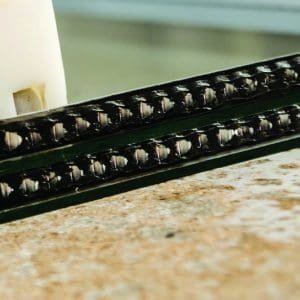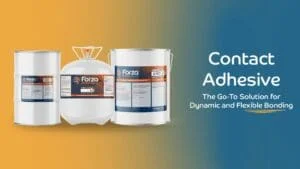LSE plastics – what are they?
LSE plastics are low surface energy plastics. Some examples of low surface energy plastics are 2 2 Polypropylene, HDPR, UHMW, Polyphenylene Ether, Polyethylene and PTFE. These plastics are some of the main plastics used in engineering, as they are high-strength, highly chemical resistant, and have high heat distortion temperature. However, LSE plastics are really hard to bond to.
In order to bond LSE plastics, sufficient surface treatment is needed. The surfaces of the plastics need to be modified to create surface activation and promote good adhesion to the substrates they’re bonding to. The most common methods of surface treatment for LSE plastics are flame or corona treatment, although in some cases a primer may work instead.
So what do these treatments do? Flame treatment is the application of a gas flame to the surface, whereas corona treatment uses a low temperature corona discharge plasma to treat the surface. Both of these treatments are highly successful, so the decision to use one method over the other depends entirely on the application and the substrates being bonded.
Curious which treatment method is best for your application? Contact us today, and let us know your application and the substrates you’re bonding – as your adhesive ally, we would love to recommend the proper adhesive and procedure specific to your application!




